How Much Does it Cost to Make a Rolex Watch? | Why are Rolex Watches So Expensive?
We all know that Rolex is one of the most sought after watch brands in the world and their pieces are exquisite to say the least.
These watches fetch a premium for two reasons, brand name and the craftsmanship. But what goes into making a Rolex and how much does it cost to make a Rolex watch?
From the origins of the brand to the reason behind why Rolex watches are so expensive, this article covers everything there is to know about these timeless timepieces.
Read on to know more.
Related: What Does it Cost to Make a Hermès Birkin Bag?
How Much Does it Cost to Make a Rolex Watch?
The cost of making a Rolex watch can vary depending on several factors, such as the materials used and any complications added to the timepiece.
On average, the production cost for a regular Rolex watch falls within the range of $2,500 to $4,000. However, this cost can increase significantly based on certain considerations.
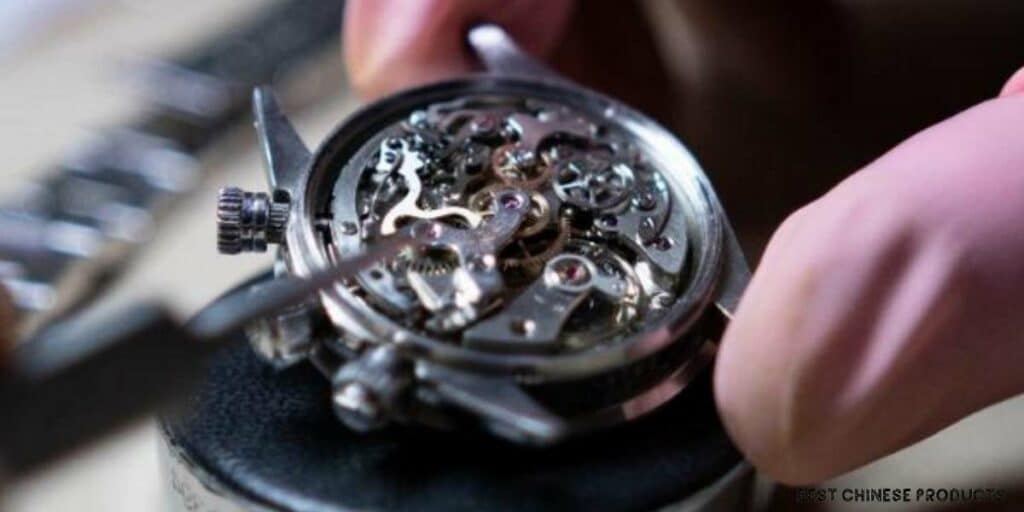
One of the key factors influencing the cost is the type of materials utilized by Rolex in crafting their timepieces.
Rolex is renowned for its use of 904L steel, which is more expensive and harder to work with compared to the more commonly used 316L steel found in other watches.
The 904L steel gives Rolex watches an unparalleled glossy finish, making them visually distinct and instantly recognizable.
Additionally, Rolex also produces its own gold on-site, ensuring complete control over the quality of the precious metal used in their watches.
Moreover, Rolex's commitment to maintaining secrecy and employing high-level security measures adds to the production cost.
The brand operates its foundry, which contributes to the exclusivity and quality of their watches.
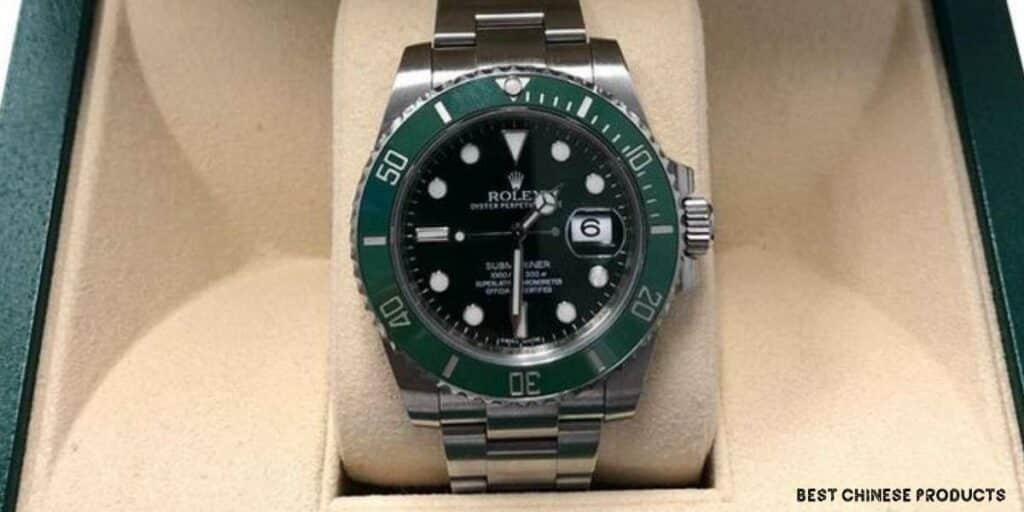
They have a dedicated science lab staffed by full-time employees working on advancements in technology and watchmaking techniques, further enhancing the craftsmanship of their timepieces.
The addition of complications is another significant factor that can affect the price of a Rolex watch.
Complications refer to additional features or functions beyond basic timekeeping. These can include chronographs, moon phase indicators, annual calendars, and more.
The more intricate and rare the complication, the higher the cost of production, which translates to a higher retail price for the watch.
How Long Does it Take to Make a Rolex Watch?
The process of crafting a Rolex watch is a meticulous journey that spans approximately 12 months, from its inception to its final form.
Despite the staggering volume of nearly one million watches produced each year, Rolex remains unwavering in its dedication to precision and an uncompromising attention to detail.
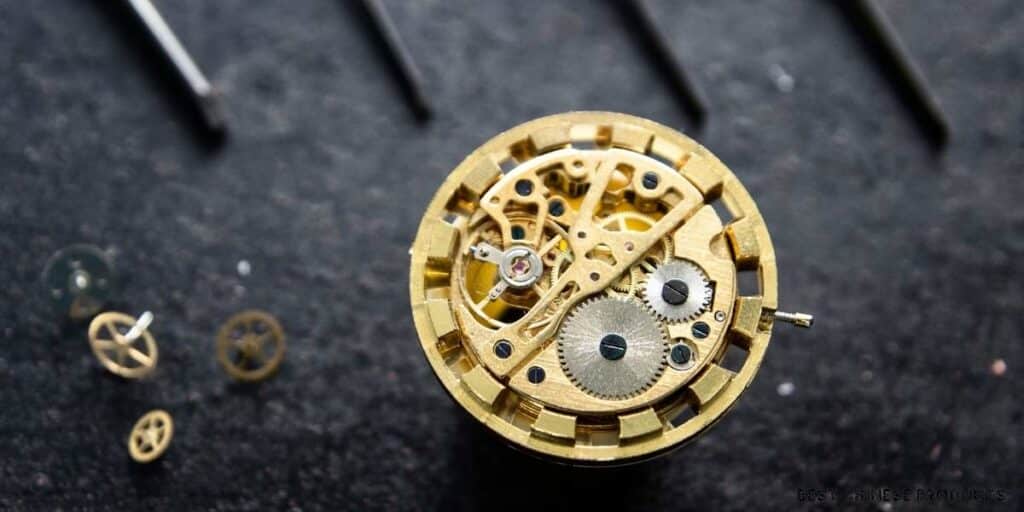
The first step in this intricate dance of craftsmanship is the conception of the watch design itself.
Talented designers, drawing upon decades of expertise and an understanding of timeless aesthetics, carefully draft the blueprint that will eventually become an exquisite timekeeping masterpiece.
With the blueprint in hand, the production process begins in earnest. However, rather than racing to meet deadlines, Rolex places a premium on taking the time necessary to achieve excellence.
The manufacturing process is a harmonious blend of human craftsmanship and cutting-edge machinery.
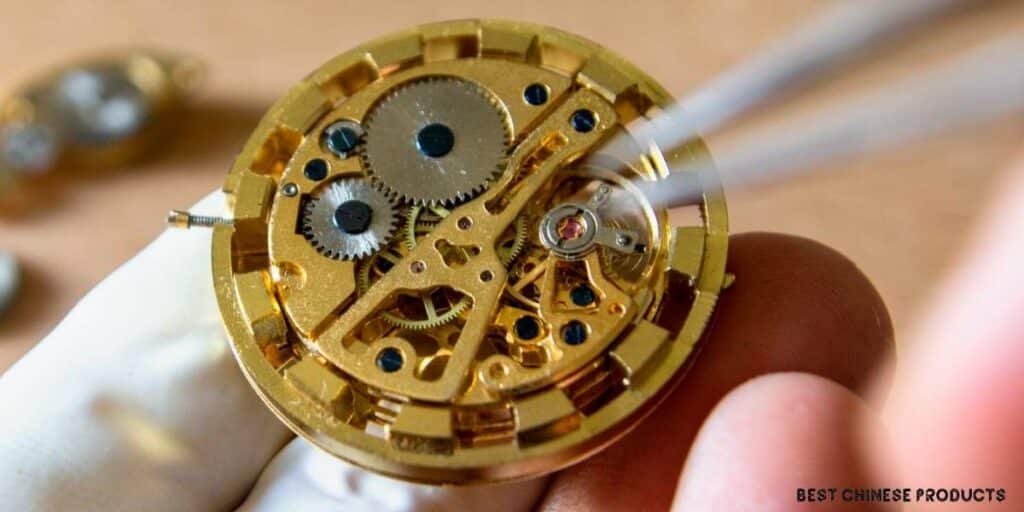
Highly skilled artisans, often with generations of family experience, meticulously handle the intricate and delicate tasks that demand human touch.
Simultaneously, advanced machinery performs the more precise and technical aspects of production.
During the assembly process, every single part of the watch is meticulously examined and tested. Each timepiece undergoes a series of rigorous quality control checks to ensure it meets the lofty standards set by Rolex.
Finally, as the finishing touches are applied, each watch undergoes a series of precision tests and timekeeping evaluations. Only after it has passed the strictest performance assessments is the Rolex deemed worthy of bearing the crown insignia and are then sold to the elite.
Where are Rolex Watches Made? Is it China?
No, when you hold a Rolex watch in your hands, you're not just holding a timepiece; you're holding a masterpiece of Swiss craftsmanship.
Every aspect of a Rolex watch, except for the sapphire crystals and watch hands, is meticulously manufactured at one of four sites, all located within Switzerland.
Let's take a journey through these extraordinary locations and unveil the magic that goes into making these iconic timepieces.
Bienne

The Heart of Precision Venturing outside Geneva, we find the first manufacturing site, Bienne.
Here, the intricate movements that power Rolex watches come to life. With unmatched expertise and attention to detail, a skilled team works tirelessly to assemble these movements by hand, dealing with incredibly small components.
Their dedication pays off as each movement meets the strict accuracy criteria set by the Swiss Official Chronometer Testing Institute (COSC). Such precision ensures that every Rolex watch runs impeccably, earning the trust of watch enthusiasts worldwide.
Plan-les-Ouates

Where Elegance Takes Shape Next on our journey is Plan-les-Ouates, the place where artistry meets functionality.
This site is responsible for crafting exquisite watch cases and bracelets. The process begins with the creation of 18 ct gold alloys that lend their lustrous beauty to Rolex watches.
Afterward, skilled artisans carefully cast the gold, and the parts undergo meticulous polishing to achieve the impeccable finish that defines these luxury timepieces.
The perfect blend of elegance and durability is what sets Rolex watches apart.
Chêne-Bourg

The Gemstone Oasis As we continue our exploration, we arrive at Chêne-Bourg, a location that exudes luxury and allure.
This facility is dedicated to gem-based activities, from the study of gemmology to the precise art of gem-setting. The breathtaking gemstones adorning some Rolex watches are expertly handled here, adding a touch of elegance and sophistication.
Not only that, but Rolex dials also come to life in this very place, each one crafted with care and precision, reflecting the brand's commitment to excellence.
Acacias
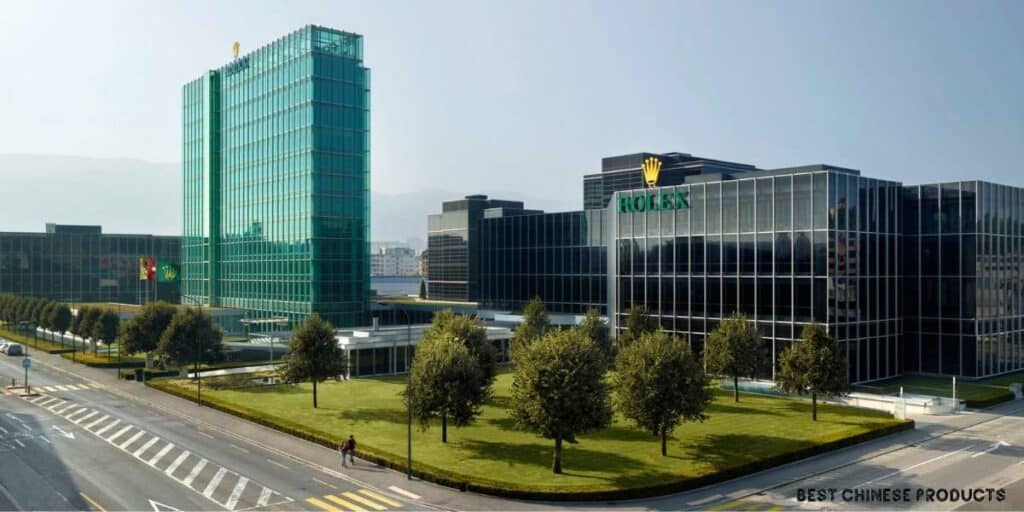
The Hub of Innovation Our final stop takes us to the headquarters of Rolex, the vibrant hub of innovation and creativity – Acacias.
This bustling building houses a myriad of activities, from communication and design to sales services and research and development.
Here, brilliant minds engage in groundbreaking research and testing. Sophisticated science labs ensure that the lubricants used on machinery and the timepieces themselves pass stringent quality checks.
Stress testing is carried out to simulate wear and tear, ensuring that every Rolex watch is robust and built to stand the test of time.
Why are Rolex Watches So Expensive?
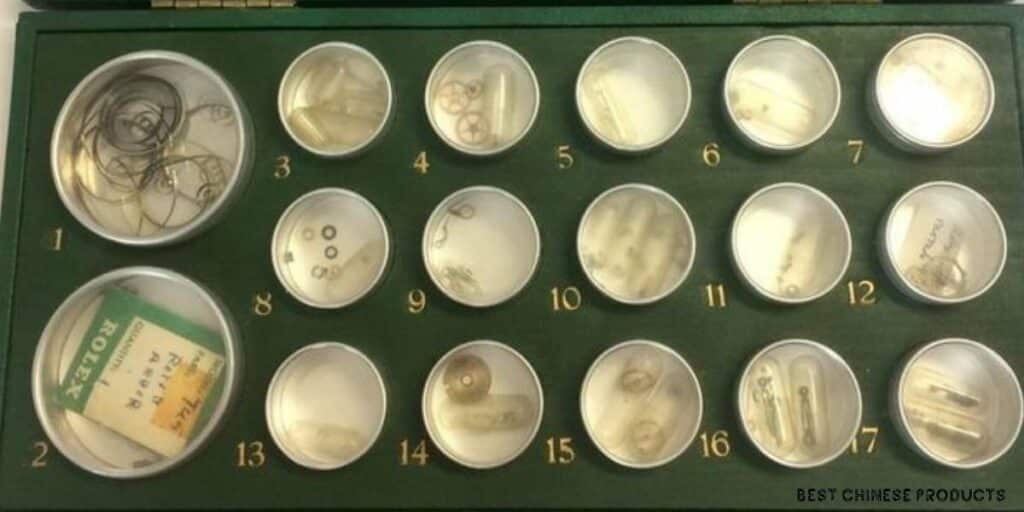
The reasons behind the high cost of Rolex watches are multifaceted and can be attributed to several key factors that set them apart from other luxury timepieces.
Rolex Uses Their Own Materials
One of the primary factors contributing to the expense of Rolex watches is their commitment to using in-house materials.
Unlike many other luxury watch brands that source components externally, Rolex manufactures a significant portion of its basic materials.
The brand operates its own foundry, allowing them to have complete control over the quality and uniqueness of their steel and gold alloys. For instance, Oystersteel and Everose Gold are exclusive materials developed by Rolex.
This level of vertical integration and the development of contemporary materials, lubricants, and mechanical movement technologies necessitate significant investment, which reflects in the final price of the watches.
The Use of Hand-Made Movements
While some basic tasks are automated, Rolex emphasizes hand-crafted movements, showcasing their commitment to craftsmanship and precision.
Skilled artisans meticulously assemble watch movements and bracelets in-house, allowing the brand to maintain strict quality control and set their high standards.
Each watch is carefully inspected and tested to ensure impeccable quality, showcasing Rolex's dedication to excellence, a hallmark of their brand.
It’s a Long Process to Make a Rolex Watch
The extensive manufacturing process involved in creating a mechanical watch, particularly one of Rolex's caliber, contributes to its elevated price.
Rolex invests significantly in research, development, and technology to continually push the boundaries of watchmaking.
Although specific production numbers are not publicly disclosed, the company's dedication to perfection means that each watch takes considerable time to be crafted.
Despite advancements in production technology, Rolex has chosen not to compromise on the craftsmanship and time required, leading to the enduring value and allure of their watches.
Related



